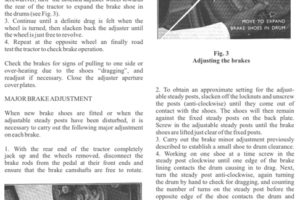On January 5, 1914, Henry Ford and his vice president James Couzens stunned the world when they revealed that Ford Motor Company would double its workers’ wages to five dollars a day. This groundbreaking decision for the average Ford assembly line worker salary generated glowing newspaper headlines and editorials around the world. The notion of a wealthy industrialist sharing profits with workers on such a scale was unprecedented.
In the century since, many theories have been posited for Ford’s bold move. Some suggested the increase was to justify assembly line speed-ups. Others speculated it was to counteract high labor turnover due to increasingly monotonous assembly line work. Ford admirers believed it was pure philanthropy and a progressive step towards improving Henry Ford’s workers’ rights. Cynics asserted that it was little more than an elaborate publicity stunt. As usual, the truth lay somewhere in the middle.
Was this article a help? Consider supporting the Flat-Spot by becoming a Premium Member. Members get discounts with well known retailers, a cool membership packet full of goodies and your membership goes toward helping us upkeep and expand on this great archive.











